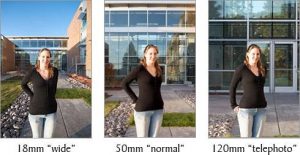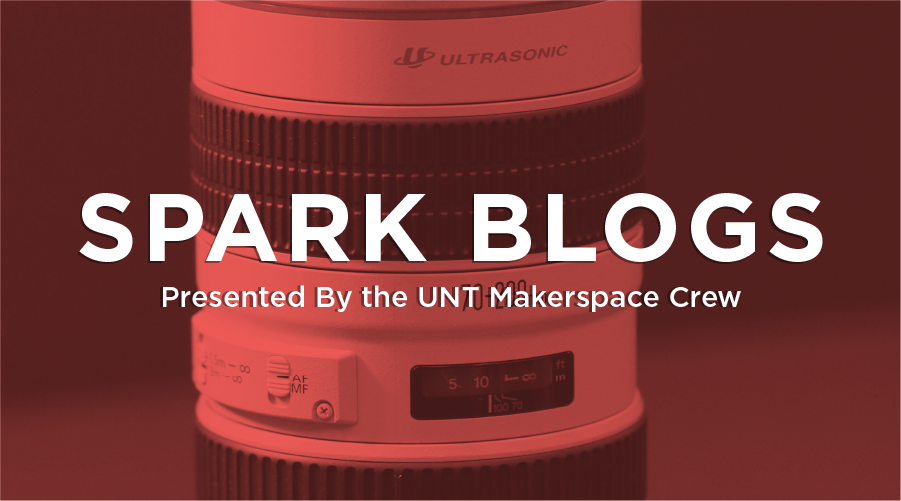Lens selection is one of the most impactful aspects of an image, determining the compositional and visual characteristics for which the camera captures a scene. A photographer can use a wide variety of different lens selections to get the look they want to achieve.
The first main category of lenses is the focal length, which affects the breadth and angle of the scene being captured. The focal length is measured in millimeters and is defined as the distance from the optical center of the lens and camera sensor. A longer focal length will lead to a narrower field of view, and vice versa. Knowing exactly how this works is not important to take photos, but it is helpful to pay attention to the perspective a particular focal length will capture. A wide-angle lens, most often identified by a focal length of 35mm and below, captures a large portion of the scene in front of the camera. Normal focal lengths, between 35mm and 50mm, will capture a scene almost exactly as the human eye. Beyond that would be the telephoto category, including 85mm and up. Telephoto lenses are often used to capture a subject that is far away or unreachable, for example, birds or other wildlife. This is because of their narrower field of view, zooming into the scene and magnifying a small section compared to what humans see. Check out this example of three different focal lengths all shot from the same position:

Keep in mind that wide-angle lenses will distort the final image, making them less ideal for portraiture where the subject’s face is the main focus.
The second category of lenses is zoom versus prime. A prime lens has a single, fixed focal length. Zooms are adjustable with the minimum and maximum focal length indicated on the adjustment ring, for example, 18-55mm or 150-300mm. Both types of lenses will take good pictures, though you may want to choose one or the other depending on the situation. Prime lenses tend to be much lighter and more compact, allowing for more portability. A street photographer or someone on vacation may find it easier to carry around. Zoom lenses have the advantage of many different focal lengths, effectively acting as many prime lenses in one. Zooms are, of course, much larger and heavier.
Choosing the right type of lens is one of the first steps to take when planning a shoot. Keep in mind how the subject and background will interact with your chosen lens. The appearance of the final image will depend on this one decision.
Written By: M. Heins

